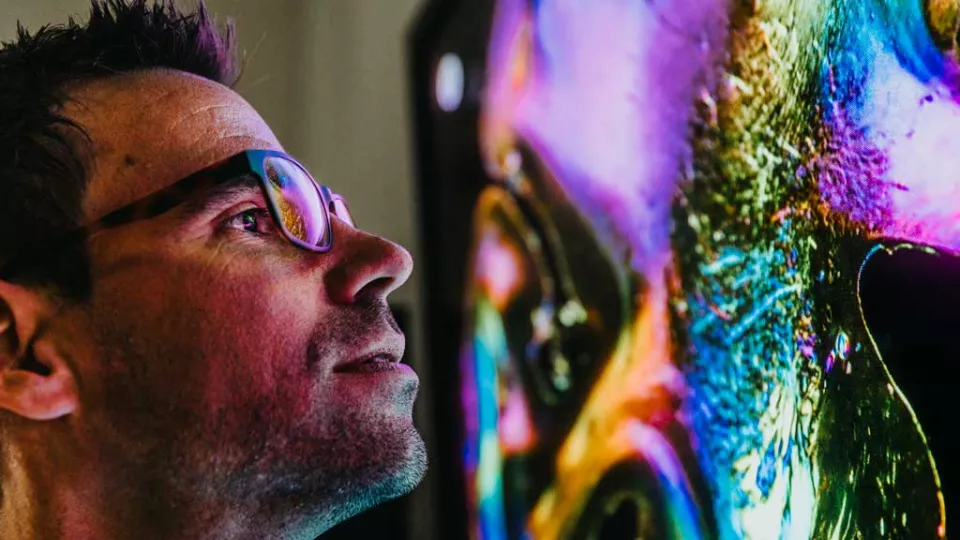
More Differences in Brain White Matter Produce More Symptoms in People with Autism
Researchers at Children’s Hospital Los Angeles have brought us closer to understanding the biology of autism spectrum disorder, a condition affecting a person’s ability to communicate, learn and socialize. The findings are published in The Journal of Child Psychology and Psychiatry.

Researchers compared the brain images of 77 people with autism spectrum disorder with those of 88 people without a developmental disorder and found that people with autism have fewer brain cells and axons, the long cables that connect brain cells. In addition, brain images of people with autism appear to show less myelin, a fatty substance that coats the axons. In people with autism, the axons and myelin—known as the brain’s white matter—appear more diffuse in the areas of the brain that control behavioral and emotional responses. The greater the abnormalities in these pathways, the more severe the symptoms of autism, the researchers reported.
“The long-range axons in the white matter of the brain that allow one brain region to communicate with another brain region seem to be a fundamental source of disturbance in autism,” says lead study author and Principal Investigator Bradley S. Peterson, MD, Chief of the Division of Child Psychiatry at Children’s Hospital Los Angeles and Vice Chair for Research in the Department of Psychiatry at the University of Southern California. “By better understanding the molecules and the cell problems that lead to autism, our hope is eventually it will lead to new therapies for children with the disorder.”


